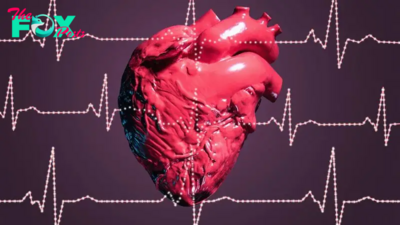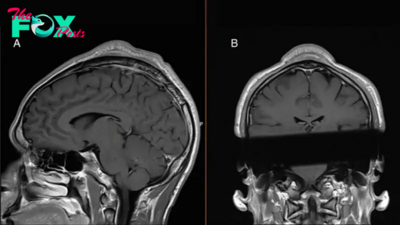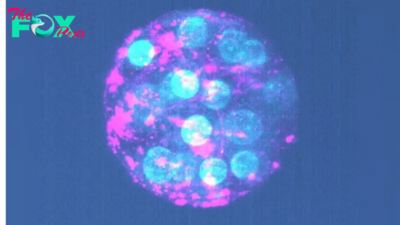Health
Lab-grown 'minibrains' may have just confirmed a leading theory about autism
Scientists may have confirmed a theory about the origins of autism by creating miniature, 3D replicas of human brains.
These tiny brains, derived from the stem cells of toddlers, were grown to show what the childrens' brains would have looked like as they developed in the womb.
In the new study, published May 25 in the journal Molecular Autism, scientists drew stem cells from the blood of 10 toddlers with autism and six toddlers without the disorder. At the time, the kids were between 1 and 2 years old. Using growth-inducing chemicals, the researchers grew "minibrains," or brain organoids, from these stem cells in the lab. As they grew, the organoids accurately captured key aspects of how the human brain develops and functions in the womb.
Because each organoid was grown from a toddler's own tissue, it could be considered a mini version of a given child's brain during the first trimester of pregnancy — as if the scientists had turned back the developmental clock.
Related: 'Butterfly effect' may explain some genetic causes of autism
The researchers tracked how the size and growth of these organoids changed during these early stages of embryonic development.
In addition, they assessed the severity of each toddler's present-day autism symptoms, including their ability to pay attention to and communicate with others, their language skills and their IQ. The team also took scans of the toddlers' actual brains to look at the activity of different cells, especially those in brain regions associated with social skills and language.
-

 Health4h ago
Health4h agoThe Surprising Benefits of Talking Out Loud to Yourself
-

 Health5h ago
Health5h agoDoctor’s bills often come with sticker shock for patients − but health insurance could be reinvented to provide costs upfront
-

 Health11h ago
Health11h agoHow Colorado is trying to make the High Line Canal a place for everyone — not just the wealthy
-

 Health21h ago
Health21h agoWhat an HPV Diagnosis Really Means
-

 Health1d ago
Health1d agoThere’s an E. Coli Outbreak in Organic Carrots
-

 Health2d ago
Health2d agoCOVID-19’s Surprising Effect on Cancer
-

 Health2d ago
Health2d agoColorado’s pioneering psychedelic program gets final tweaks as state plans to launch next year
-

 Health2d ago
Health2d agoWhat to Know About How Lupus Affects Weight


























